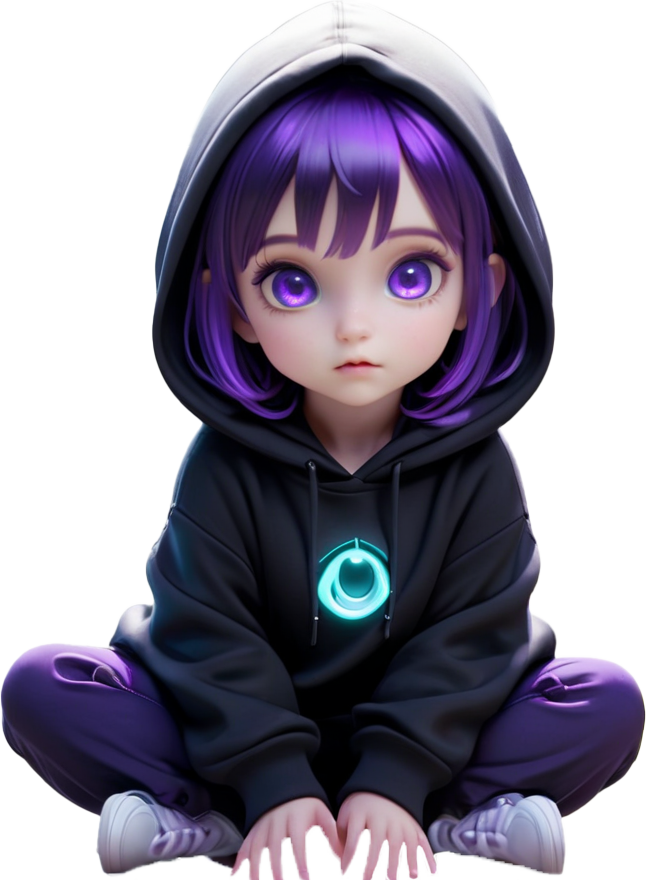

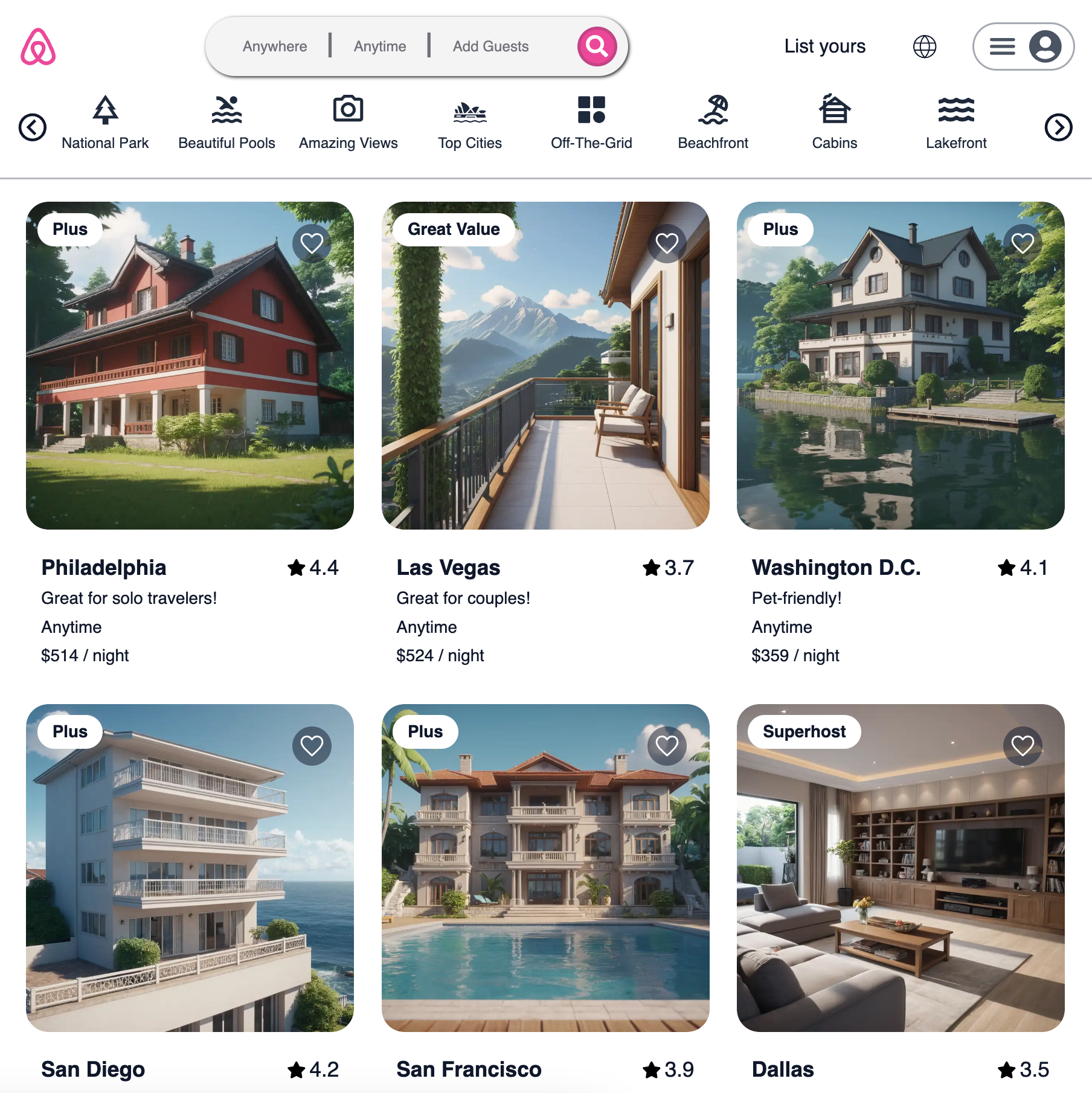
Delve into why replicating popular websites like Airbnb can significantly enhance design proficiency, offering insights into complex user flows and innovative features, and illustrating how such projects can boost your portfolio and showcase your capabilities.
As a UI/UX designer, your portfolio is not just a collection of pretty screens—it's a showcase of problem-solving, creativity, and technical skills. Among the most effective ways to demonstrate these skills are mockups and clone projects of popular websites. These projects not only display your proficiency in design tools and understanding of user experience but also highlight your ability to engage with complex, real-world problems.
Understanding Mockups and Clone Projects
Mockups are scaled or full-size models of a design used for teaching, demonstration, design evaluation, and promotion. They can be static or interactive and serve as a visual guide for stakeholders and developers, illustrating in detail how the final product should function and look.
Clone projects, on the other hand, involve recreating elements or entire websites of existing popular platforms. This exercise is not about copying but understanding and applying the underlying principles that make these designs effective.
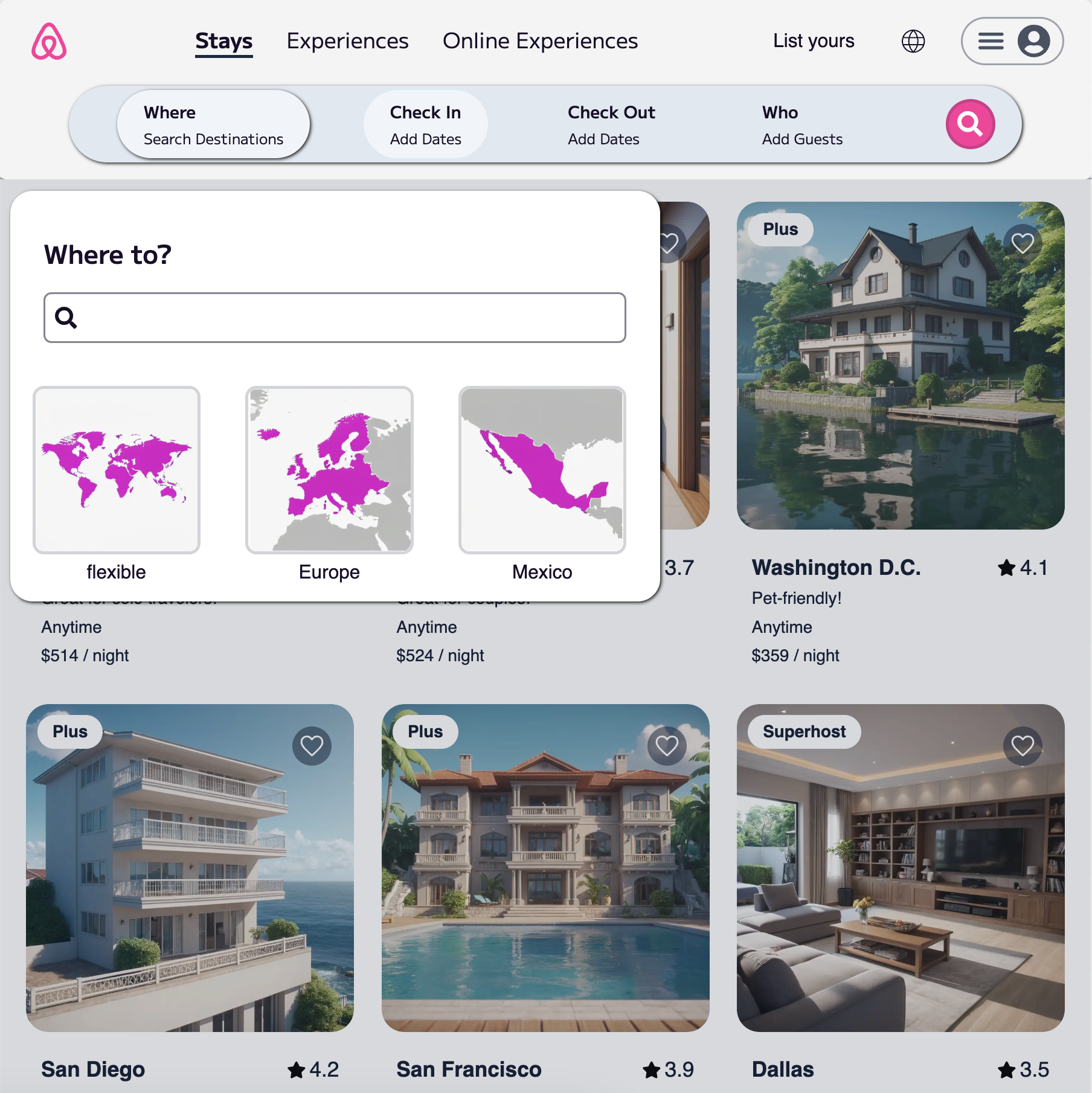
Benefits of Creating Clones Through Mockups
- Visualizing Complex Systems: Cloning through mockups allows designers to dissect and reconstruct the intricate systems of popular platforms like Airbnb. This process aids in transforming abstract functionalities into tangible, interactive designs, allowing for deeper insights into layout optimization, color schemes, and intricate user flows before committing to code.
- Facilitating Collaborative Feedback: By presenting a high-fidelity clone in the form of a mockup, designers can effectively communicate complex functionalities and user interactions to clients and team members. This visual representation makes it easier to gather actionable feedback and iterate designs rapidly, ensuring all stakeholders are aligned.
- Enhancing User-Centered Design: Through the cloning process, designers can engage in proactive problem-solving by testing mockups with target users, identifying potential usability issues, and integrating user feedback early in the design phase. This approach leads to products that resonate more deeply with users' needs and preferences, enhancing user satisfaction.
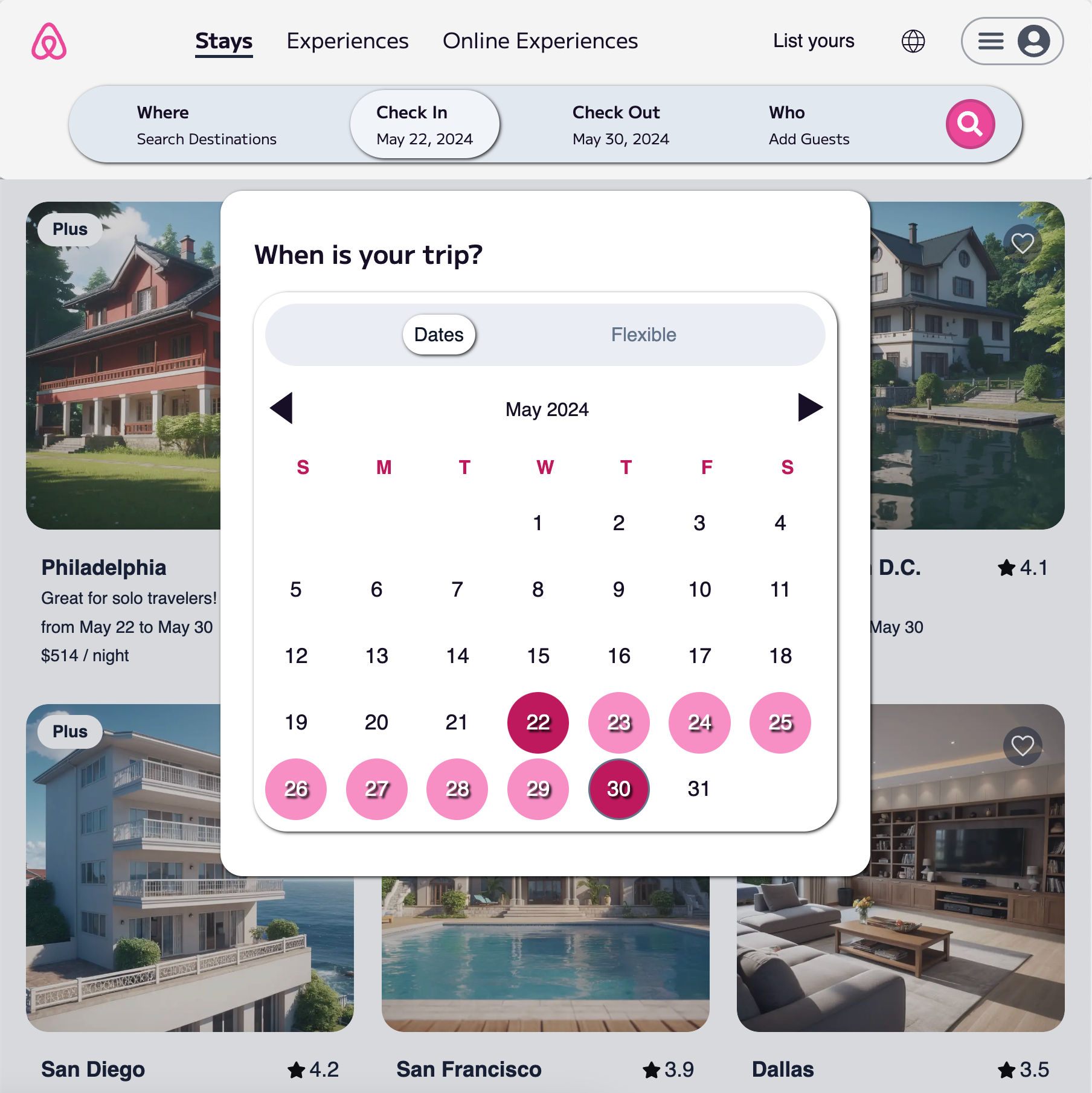
The Value of Clone Projects
- Skill Enhancement: Cloning a site like Airbnb or Amazon can help you understand responsive layouts, user interaction nuances, and state management in a practical setting—skills that are highly valued in the industry.
- Problem Solving: These projects challenge you to think critically about how complex functionalities can be simplified and improved while adhering to design standards.
- Portfolio Showcase: Well-executed clone projects can be powerful portfolio pieces that demonstrate your ability to handle complex UI/UX challenges.
How to Approach Mockup and Clone Projects
- Choosing the Right Project: Pick projects that align with your career aspirations or target market. For instance, cloning an e-commerce site is perfect if you aim to work in retail design.
- Using the Right Tools: Tools like Figma, Adobe XD, and Sketch are industry standards for mockups, while HTML, CSS, JavaScript, and frameworks like React are essential for developing functional prototypes.
- Legal Considerations: Always remember to use clone projects for demonstration purposes only. Respect copyright laws and clearly state that your designs are inspired by original works.
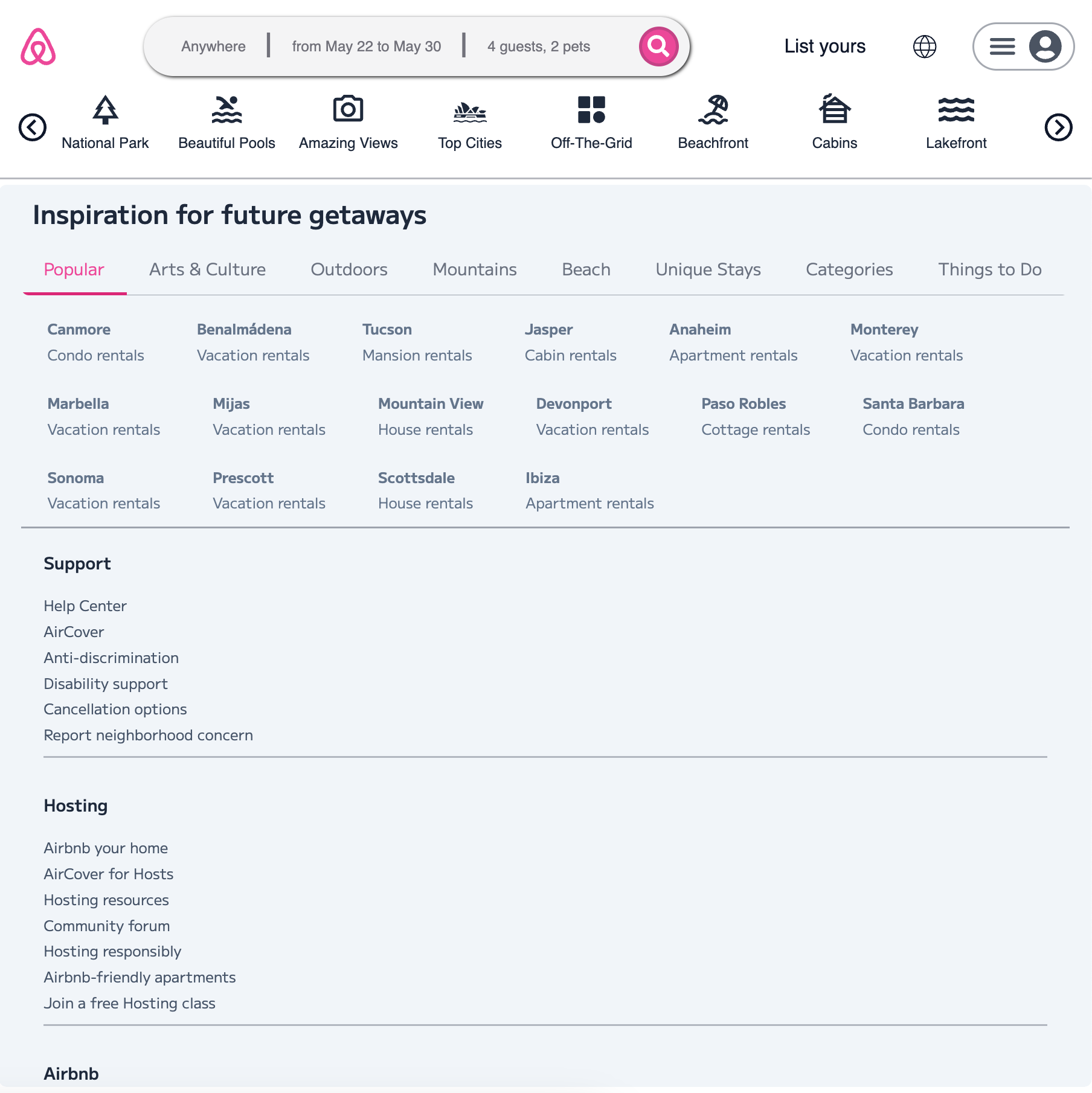
Choosing Airbnb for a Clone Project
- Learning from a Market Leader: Airbnb is not just a popular website; it's a leader in the travel industry, transforming how people think about accommodations and experiences. Cloning such a platform offers insights into maintaining user engagement and loyalty through design.
- Handling Complex User Flows: The Airbnb platform encompasses a wide range of user interactions, from searching listings to booking stays and experiencing online check-ins. Each of these flows involves multiple steps that need to be both intuitive and efficient, presenting a rich learning opportunity for UI/UX optimization.
- Responsive and Adaptive Design: With a global user base accessing the platform from various devices, Airbnb excels in responsive and adaptive design. Recreating this adaptability challenges you to think about user experiences across different screen sizes and conditions.
- Innovative Features: Airbnb is known for its innovative use of features like dynamic pricing, complex filters, and interactive maps. Implementing these in a clone project can deepen a designer's understanding of advanced UX strategies and data integration.
- Visual Aesthetics and Branding: The visual impact of Airbnb’s branding is undeniable. A clone project helps designers understand how to use color, typography, and imagery to create a welcoming and trustworthy online environment.
A Personal Journey with Clone Projects
In my journey as a UI/UX designer, recreating the Airbnb platform was a project that greatly expanded my skills and design perspective. This clone project involved tackling the complexities of a global booking system, focusing on seamless user experiences from property searches to booking confirmations. It challenged me to think critically about space utilization, intuitive navigation, and creating a cohesive aesthetic that speaks to a diverse audience. This mini-project is something I am rather proud of, as it showcases my ability to navigate and innovate within well-established user interfaces and complex interaction patterns.

Conclusion
Mockups and clone projects are more than just exercises; they are your ticket to demonstrating that you can handle the complexities of real-world UI/UX challenges. They show prospective employers and clients that you are capable of bringing value through thoughtful design solutions that are both functional and aesthetically pleasing.
Start creating today, and use these projects to stand out in the competitive field of UI/UX design!